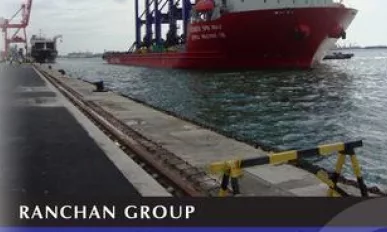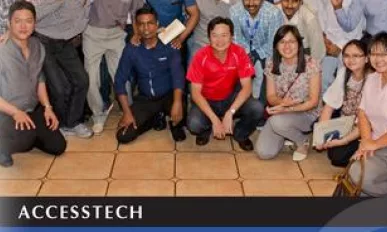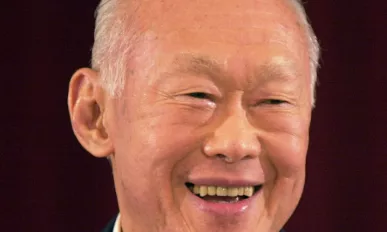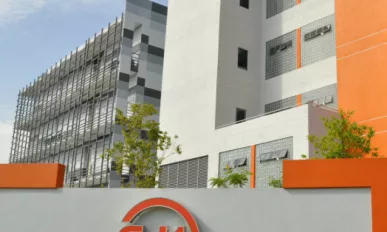Issue 14
McThai : Global Brand with Local Reach
McThai is rolling out an unrivalled localisation strategy to enhance market saturation.
Angkor Hospital For Children : Treatment, Education, Prevention
Angkor Hospital for Children exists as a centre for excellence in paediatric healthcare that provides much needed quality medical care to Cambodians in need.
Reliant : Delivering Beyond Customer Expectations
The seven operating companies of Reliant have helped manifest a one-stop shop for its increasing, international portfolio of customers as it continues to take the Asian oil & gas industry by storm.
HWA Seng Builder : World-Class Standards
With a long-term goal to become more involved in some of Singapore’s major infrastructure projects, Hwa Seng Builder strives to emerge as a leader in civil engineering.
Ranchan Group : Bringing International Thinking to Malaysia
Ranchan Group delivers cutting-edge technology to the ports of Southeast Asia and the Middle East while forging ahead with a globalisation strategy for ports around the world.
Accesstech : Market Spike Exceeds Capacity
Accesstech barely has time to catch its breath as significant market demand accelerates company growth and introduces the business to new areas of advanced engineering.
Aims Data Centre Sdn Bhd : The Centre of Malaysian Technology
As a market-leading subsidiary of TIME dotcom Berhad, AIMS Data Centre Sdn Bhd (AIMS) is optimising its investment power.
Emerson Network Power : Powering the Future of Data Centres
APAC Outlook Magazine talks to Hitesh Prajapati of Emerson Network Power about the future of data centres across the region.
Asia’s Space Race : The First Frontier
As China, Japan, India and South Korea enhance their space exploration offering, the rest of the world needs to take note of this rising nation.
Lee Kuan Yew : Singapore’s Founding Father
Lee Kuan Yew is widely accepted as the founding father of the independent Singapore we know today, leading the city-state from 1959 to 1990 as Prime Minister, Senior Minister and, later, Minister Mentor before leaving in 2011.
Small Cells Asia : Ericsson Shares Top-Vendor Insights
Ericsson will share both global and local technical and business model insights at Small Cells Asia, April 20-21, Singapore.
AIMS Reinforces its Position as a Data Centre Hub
AIMS Cyberjaya Sdn Bhd (AIMS) has been appointed by Multimedia Development Corporation (MDeC) through an open tender to lead and deliver the ‘Inter-Data Centre (DC) Network initiative’.














